History of the Faculty
Kasetsart University recognizes that basic science is an important foundation for university level education for all faculties. Therefore, during the university council meeting on June 21th, 1961, the council decided in principle to set up an additional faculty for this task called Faculty of Science and Letters, which includes existing departments involved in basic sciences and languages with new departments as required. Once the Faculty was set up, the main task was to teach undergraduate level courses in basic sciences and languages, as well as provide research opportunities in these disciplines. In addition, research conducted could also help improving the quality of teaching and allow more efficient utilization of equipments available.
Later on, Kasetsart University set up a committee to lay out the curriculum and finalize the ordinance to establish the Faculty of Science and Letters on August 16th, 2505 with Prof. Therd Supreechakorn as the Committee Chairman, Dr. Sa-nga Sappasri as the Committee Secretary, and 14 other members including Prof. Dr. Thawee Yannasukon, Prof. Dr. Prasert Nanakorn, Prof. Phanom Samitanon, Prof. Jinda Tiemmek, Dr. Lek Thanasukarn, Mr. Seri Trirat, Miss Prachoom Thupphasutha, Mr. Chalermkiat Sujinda, Dr. Sukhum Assaves, Dr. O-vat Nitithanprapas, Dr. Paitoon Ingkasuwan, Dr. Paitoon Kruakaew, Miss Prapairat Thirawat and Mrs. Saluay KruKaew.
The committee completed its work and first proposed a five-year curriculum to the council but was asked to change to a four-year curriculum similar to curricula in other universities. Therefore, since then, all the curricula in the Faculty of Science and Letters had been four-year curricula.
Kasetsart University then set up another committee to evaluate and adjust the curriculum and the ordinance for the establishment of the Faculty of Science and Letters during the council meeting on 1963 with Prof. Dr. Kamhang Plangkoon as the committee chairman, Prof. Dr. Prasert Nanakorn as secretary, along with 3 other members including Prof. Jarud Soonthornsink, Dr. Pradit Cheawsakul, Prof. Dr. Thawee Yannasukon.
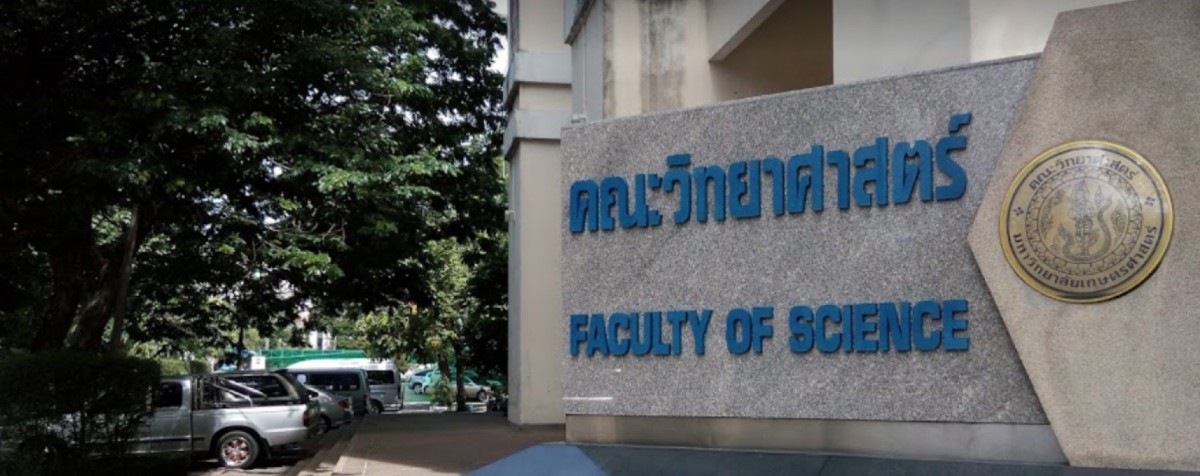
Finally, the curriculum was proposed to the National Education Board of Education and approved in the decree on March 9th, 1966, which is the 21th year in reign of His Majesty King Bhumibol Adulyadej. Therefore, March 9th, 1966 is considered the date that the Faculty Science and Letters was established as the 7th Faculty within Kasetsart University.
The first Dean of the faculty of Science was Prof. Dr. Thawee Yannasukon, and the first Secretariate was Dr. Sanit Thongsa-nga. When first established, the Faculty was composed of 6 departments and one office as follows.
- Department of Chemistry, transferred from the Faculty of Agriculture, with Prof. Dr. Kritsana Chutima as the department head.
- Department of Mathematics, newly established, with Mr. Chalit Vejjajiva as the department head.
- Department of Biology, transferred from the Faculty of Agriculture, with Prof. Dr. Thawee Yannasukon as the department head.
- Department of Physics, newly established, with Mr. Vithoon Hongsuman as the head of the department.
- Department of Languages, transferred from the Faculty of Agriculture, with Miss Prachoom Thupphasutha as the department head.
- Department of Social Science and Humanities, newly established, with Dr. Niphon Kantasewi as the department head.
- Atomic Energy Unit, newly established, with Dr. Utt Nakornthap as the head of the unit.
- The office of secretariat.
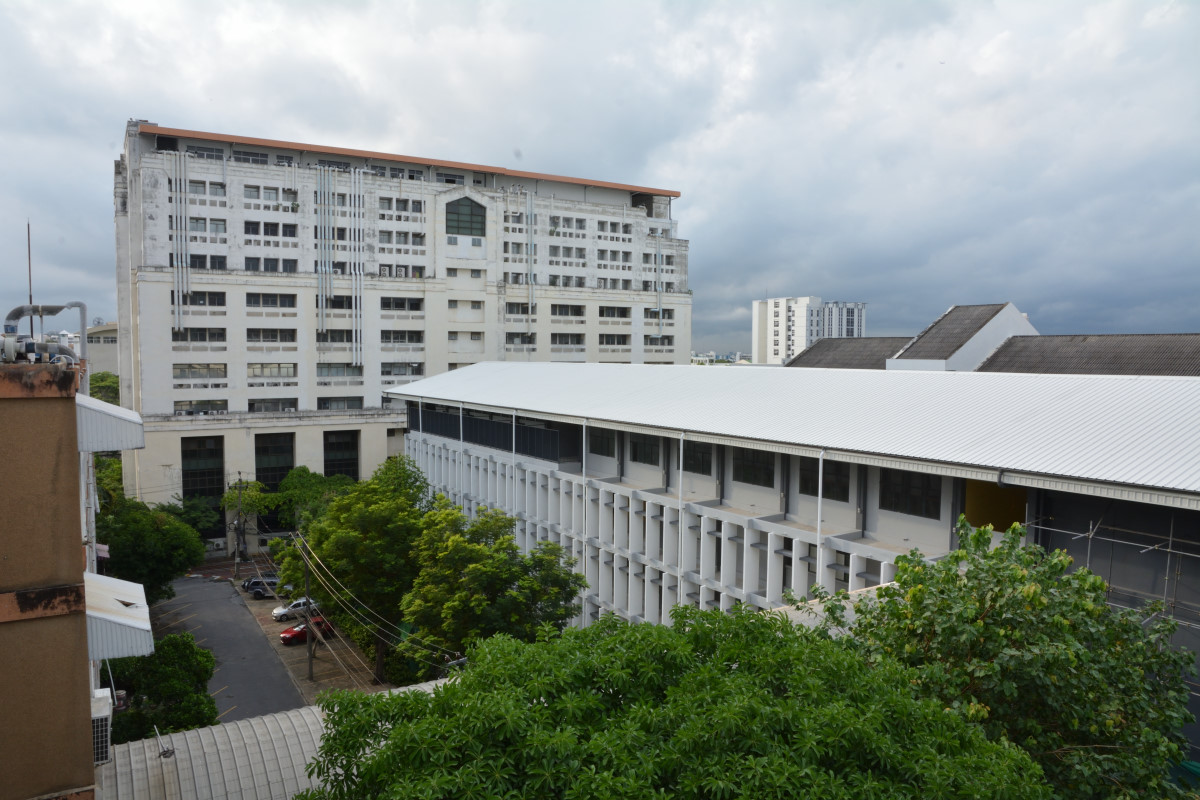

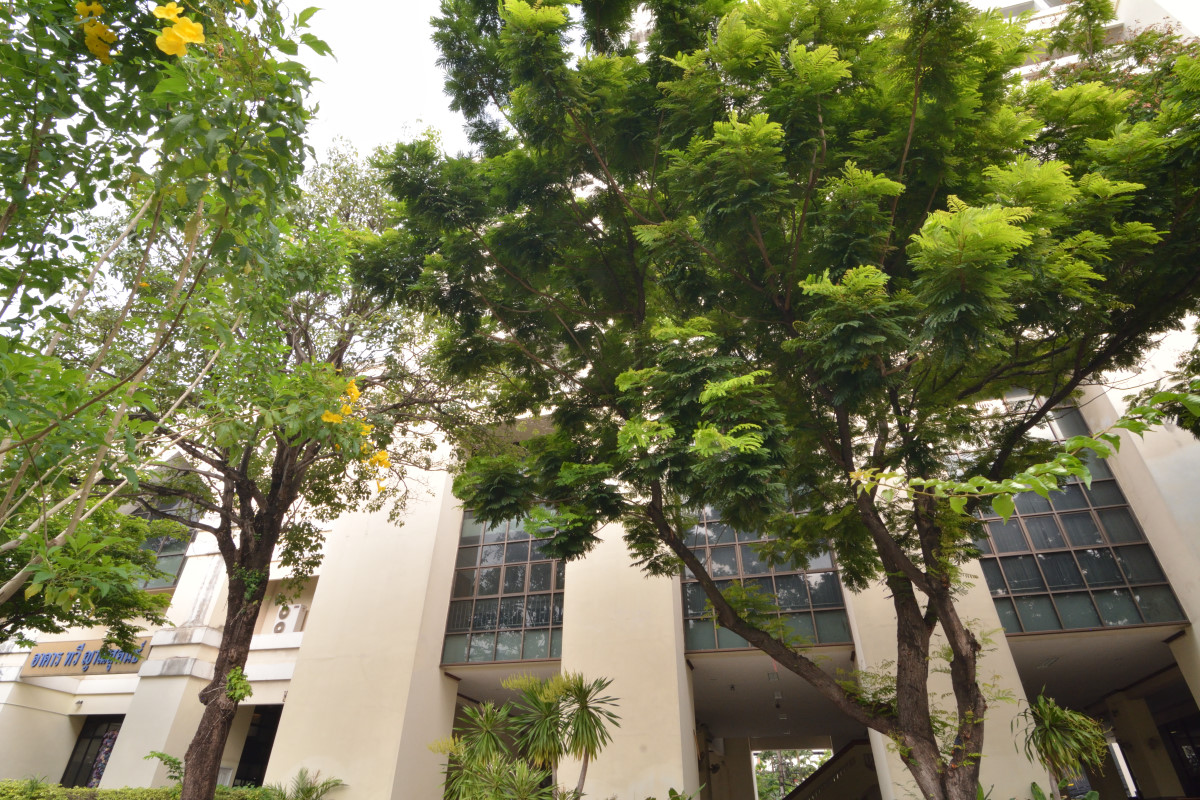
The early stage
- In 1966 In the initial stage, starting from 1966, the Faculty of Science and Letters provided two disciplines; sciences, and arts.
- Science discipline had only one curriculum, Bachelor of Science, which was a four-year curriculum requiring 145 units, with various topics to choose from including Botany, Physics, Chemistry, Biology, Organic Chemistry, Microbiology, Biochemistry and Mathematics.
- Art discipline, with two curricula; Bachelor of Arts (Social science) and Bachelor of Arts (Humanities), which were also four-year curricula requiring 145 units.
During this stage, the Faculty of Science and Letters accepted only high school students from science discipline. In addition, the first departments ready for accepting students in the beginning were the Department of Chemistry and Department of Biology.
- In 1967 the faculty started to accept students for the art discipline, as well as those interested in pursuing master degree in zoology, botany, biology and microbiology. At the time, there was no graduate school.
- In 1969 the first set of eight graduate students had achieved their master degree, whereas the first set of undergraduate students finished their study; one in 1969, and 32 in 1970. The first set of students graduated from the art discipline in 1971. Thirteen students were from social science and nine were from humanities, with the total number of 22 students.
- In 1971 The curriculum was adjusted on 1971 and Bachelor of Science (Science) was replaced with Bachelor of Science (Mathematics), Bachelor of Science (Chemistry), Bachelor of Science (Physics), Bachelor of Science (Biology) and Bachelor of Science (Statistics). For the art discipline, Bachelor of Arts (Social Science) and Bachelor of Arts (Humanities ) were replaced with Bachelor of Arts (Languages) and Bachelor of Arts (Mathematics).
- In 1974 the Department of Social Science and Humanities was transferred to the Faculty of Social Science and all students accepted from the discipline of art and mathematics were transferred to the Faculty of Social Science, whereas the students accepted from the discipline of art and languages remained with the Faculty of Science and Letters until 1981, when they were all transferred to the Faculty of Humanities along with the Department of Languages. The Faculty of Science and Letters was then changed its name to the Faculty of Science on June 17th, 1981, and the change was formally announced in the decree on July 1st, 1982.
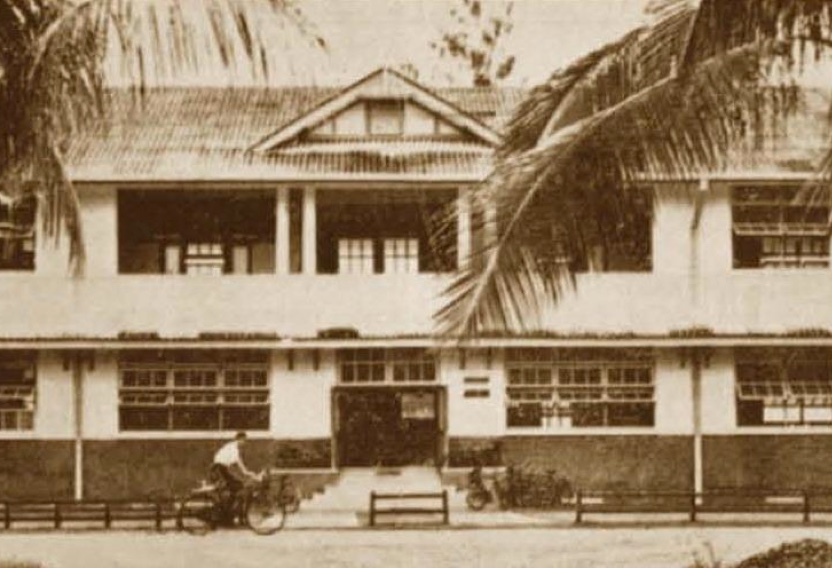
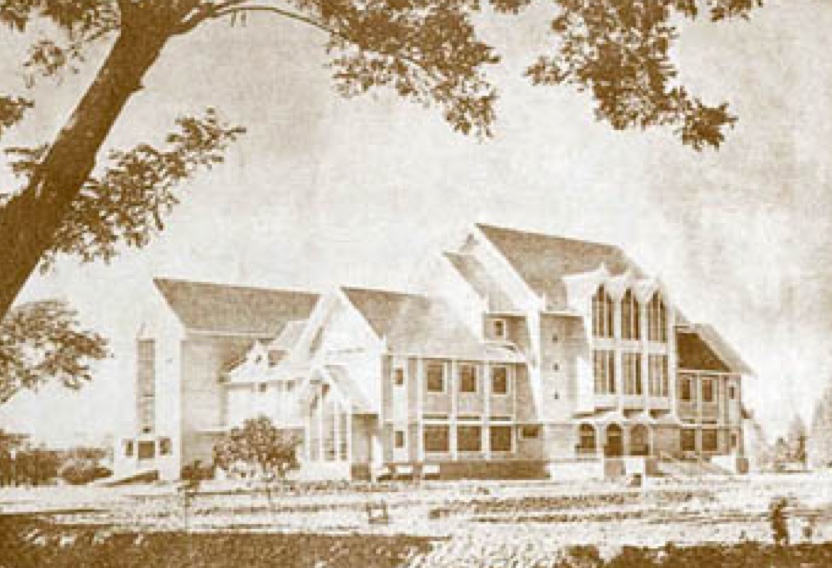
Present stage
Nowadays, the Faculty of Science is composed of 13 departments and one division, as follows.
- Office of Secretariat
- Department of Mathematics
- Department of Chemistry
- Department of Microbiology
- Department of Biochemistry
- Department of Botany
- Department of Genetics
- Department of Physics
- Department of Applied Radiation and Isotope
- Department of Computer Science
- Department of Earth Science
- Department of Materials Science
- Department o Statistics
- Department of Zoology
Currently, the faculty provides 15 curricula for undergraduate study, 14 curricula for master degree, and 10 curricula for doctoral degree.
Moreover, the faculty also teaches pre-med courses for Phramongkutklao College of Medicine. The pre-med curriculum was first set up a two-year curriculum. This curriculum was used from 1975 to 1980 before changed into a one-year curriculum in 1981, which has been used since then.



